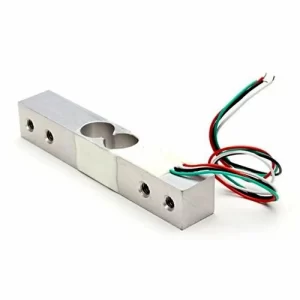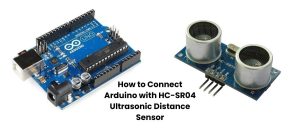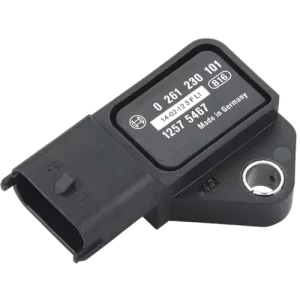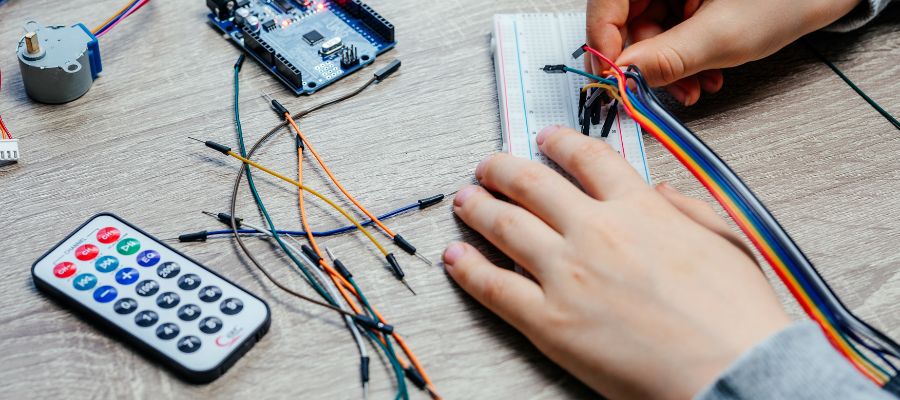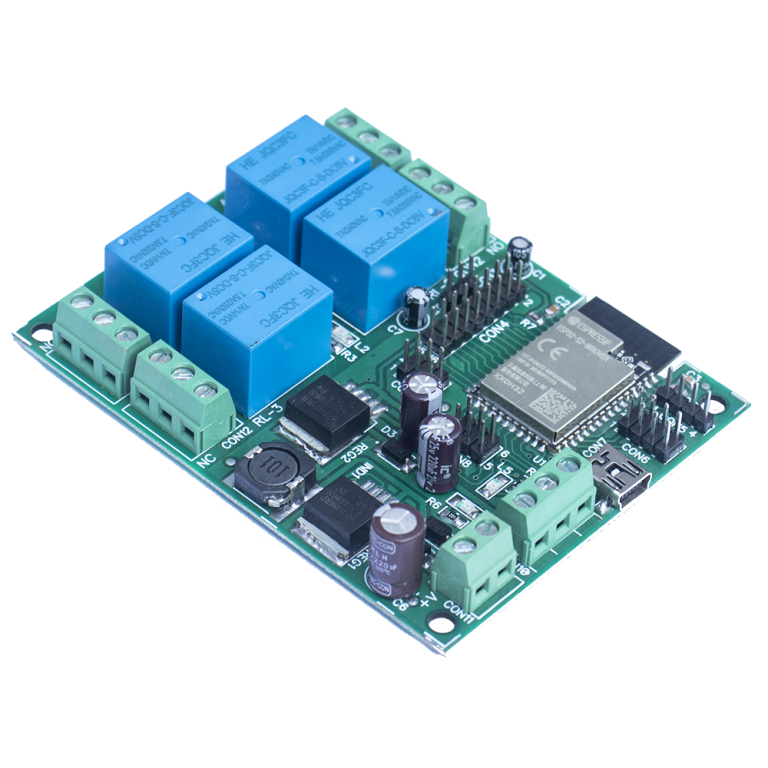Understanding the Limitations of Arduino in Processing Power and Memory
The Basics
Arduino boards, fueled by Atmel AVR or ARM processors, exhibit varying clock speeds and memory capacities depending on the model. While they are well-suited for small to medium-sized projects, their processing power and memory capabilities fall short compared to more robust microcontroller boards and full-fledged computers.
Processing Power Comparison
- Arduino Boards: Adequate for small and medium-sized projects, these boards may struggle with intricate programming or real-time calculations due to limited processing power.
- Raspberry Pi: A popular single-board computer, Raspberry Pi, surpasses Arduino in processing power and memory, supporting complex projects and real-time calculations. Its compatibility with Linux and various programming languages adds to its versatility.
- Teensy: Compatible with Arduino, Teensy microcontrollers by PJRC come in various models, boasting different processing capabilities. For instance, Teensy 4.0, equipped with a 600 MHz ARM processor, outshines standard Arduino boards.
- Arduino Mega: With enhanced processing power and memory compared to the Arduino Uno, the Mega variant is well-suited for more intricate projects and real-time calculations.
- ATmega32U4: Powering the Arduino Uno, this processor outperforms early-1980s home computers like the Sinclair Spectrum, Commodore 64, or Amstrad CPC. Despite its capabilities, it still falls short when compared to more contemporary alternatives.
Communication Protocol Limitations
Arduino boards face limitations in supporting certain communication protocols like Zigbee, Z-wave, Thread, or LoRa. However, their affordability makes them an attractive choice for hobbyists and educational purposes.
Conclusion
In summary, while Arduino boards excel in ease of use, cost-effectiveness, and versatility, their processing power limitations are evident when compared to microcontrollers like Raspberry Pi or Teensy. Understanding these constraints helps users make informed decisions, ensuring the selection of the most suitable platform for their specific project requirements.
You may also like:
What are the differences between Arduino and Raspberry Pi?
What are the key features of Arduino boards?
What are the advantages of using Arduino in embedded systems?



